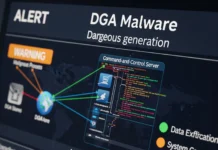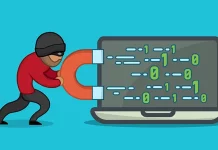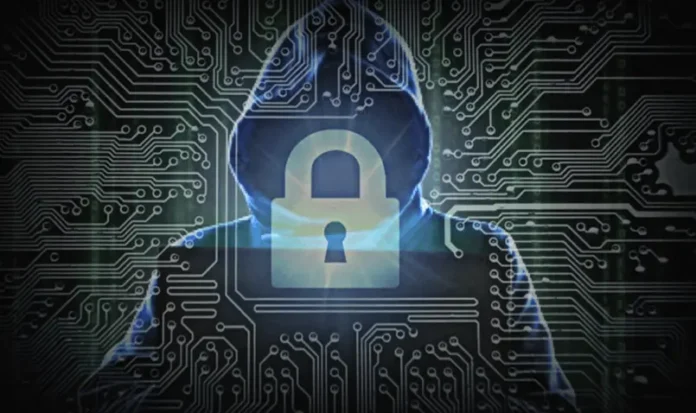In today’s digital age, our lives are increasingly intertwined with the internet. While this connectivity brings many benefits, it also opens the door to new dangers like cyber stalking and digital harassment. These forms of online abuse can affect anyone and have severe emotional, psychological, and even physical consequences. In this article, we’ll explore what cyber stalking and digital harassment are, how to recognize them, and, most importantly, how to stay safe from these threats.
Understanding Cyber Stalking and Digital Harassment
Cyberstalking involves using the internet or other electronic means to harass someone persistently. This can include sending threatening emails, spreading false information about the victim online, or even tracking their location using GPS. Digital harassment is a broader term that covers a range of abusive behaviors, including cyberstalking. Still, it also encompasses online bullying, doxxing (publishing private information about someone without their consent), and sending inappropriate or unwanted messages.
Both cyber stalking and digital harassment can have severe impacts on a person’s mental health, leading to anxiety, depression, and, in extreme cases, even suicidal thoughts. It’s essential to recognize these behaviors early and protect yourself.
Recognizing the Signs
One of the first steps in protecting yourself from cyberstalking and digital harassment is to recognize the signs. These behaviors can sometimes be subtle but often escalate over time. Common signs of cyberstalking include receiving excessive emails or messages from someone you barely know or have no interest in communicating with, noticing someone constantly commenting on your social media posts in a negative or overly familiar way, or finding that someone is trying to track your movements using location services on your phone.
Digital harassment can manifest in various ways, such as receiving unwanted explicit messages, experiencing repeated bullying or trolling on social media, or discovering that someone has shared your personal information online without your permission. Trusting your instincts is crucial—if something feels off or makes you uncomfortable, it might be a sign of digital harassment or stalking.
Taking Preventive Measures
Prevention is always better than cure. You can take several steps to protect yourself from becoming a victim of cyberstalking and digital harassment. Start by adjusting your privacy settings on social media platforms. Limit the personal information you share publicly, and be cautious about who you accept as friends or followers. Use strong, unique passwords for your online accounts and enable two-factor authentication wherever possible.
It’s also wise to regularly check the permissions on your apps to ensure they are accessing only what is necessary. For instance, does that game need access to your contacts or location? Be selective about what you share and with whom.
Additionally, educate yourself about common phishing and hacking techniques. Cyberstalkers often use these methods to gain access to your personal information. Be wary of unsolicited emails or messages, especially those that ask for personal information or direct you to click on suspicious links.
Responding to Cyber Stalking and Harassment
If you find yourself a target of cyberstalking or digital harassment, it’s crucial to take action immediately. Document everything—save messages, take screenshots, and keep records of any interactions that feel threatening or invasive. This documentation can be vital if you need to involve law enforcement or seek legal action.
Report the behavior to the platform where it is occurring. Most social media sites and online services have mechanisms to report abuse and harassment. Blocking the perpetrator can also provide immediate relief from their messages and posts.
In more severe cases, it may be necessary to involve the police. Cyberstalking and severe digital harassment are illegal in many places, and law enforcement agencies have the tools to investigate and take action against offenders. Additionally, consider seeking support from friends, family, or professional counselors. Dealing with online harassment can be incredibly stressful, and having a support system can make a significant difference.
Conclusion
Cyberstalking and digital harassment are serious issues that can affect anyone in our increasingly connected world. Understanding these threats, recognizing the signs, and taking proactive measures can significantly reduce your risk of becoming a victim. If you find yourself targeted, you must act quickly and decisively to protect yourself and seek help.
Remember, staying safe online is an ongoing process. Regularly update your knowledge about digital safety and remain vigilant. The more informed and prepared you are, the better you can protect yourself from cyberstalking and digital harassment. Awareness and proactive steps are your best defense in this digital age.



































